Showing all 9 resultsSorted by price: high to low
-
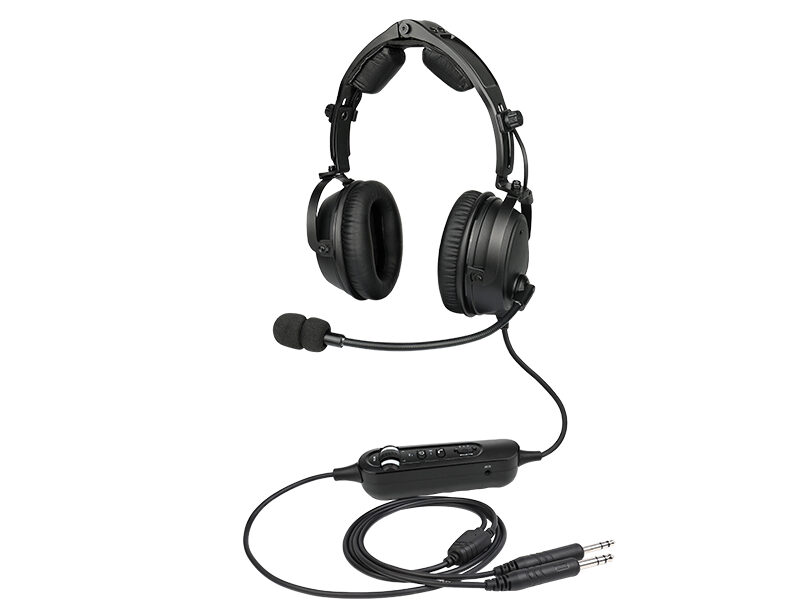
PH-600A ANR Aviation Headsets With Bluetooth
-
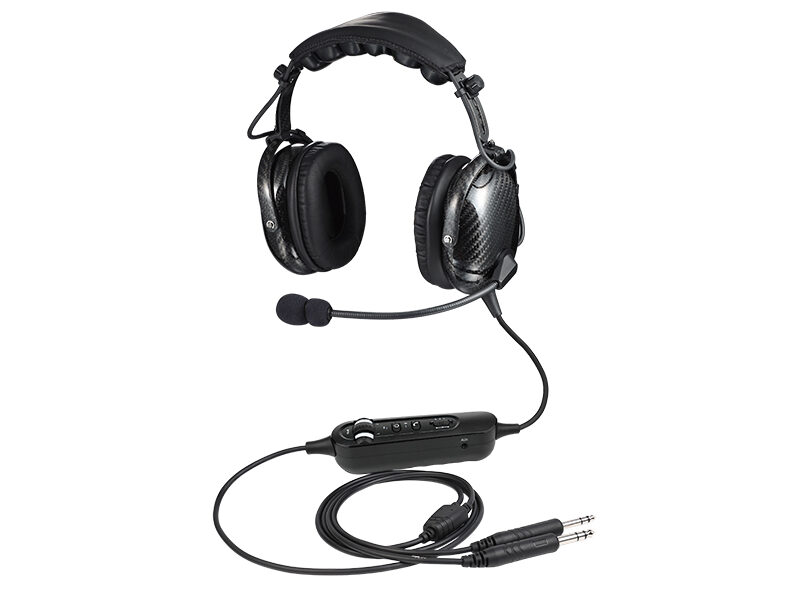
PH-400A Carbon Fiber Bluetooth ANR Pilot Headsets
-
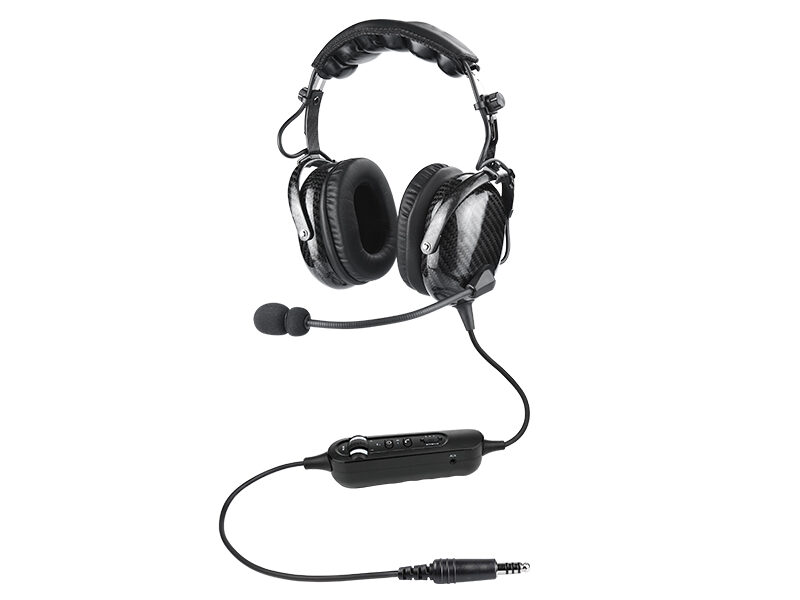
PH-400AH Bluetooth Active Noise Reduction Headphone
-
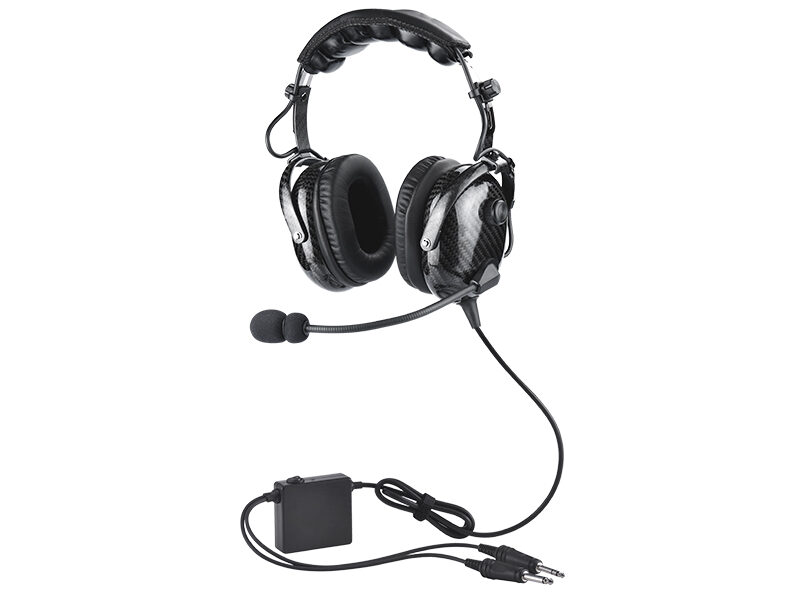
PH-400AC ANR Carbon Fiber General Aviatin Headsets
-
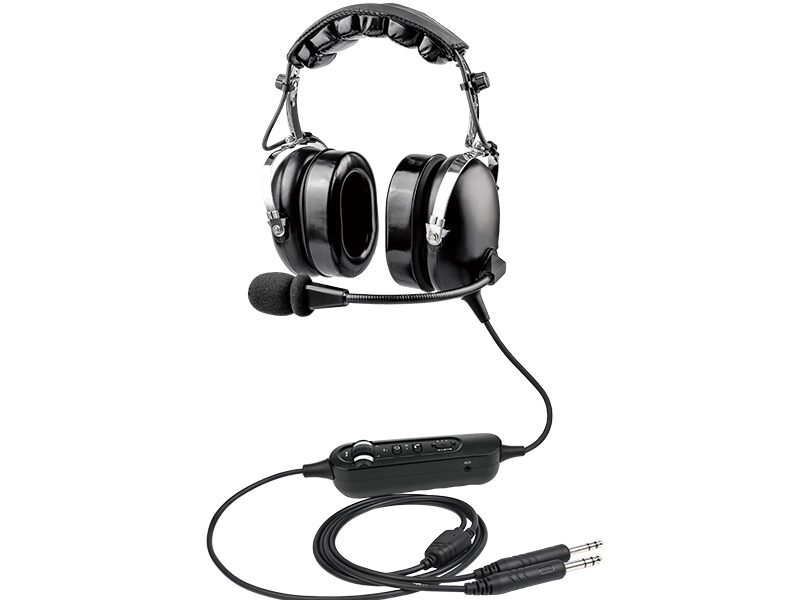
PH-100A General Aircraft ANR Bluetooth Aviation Headset
-
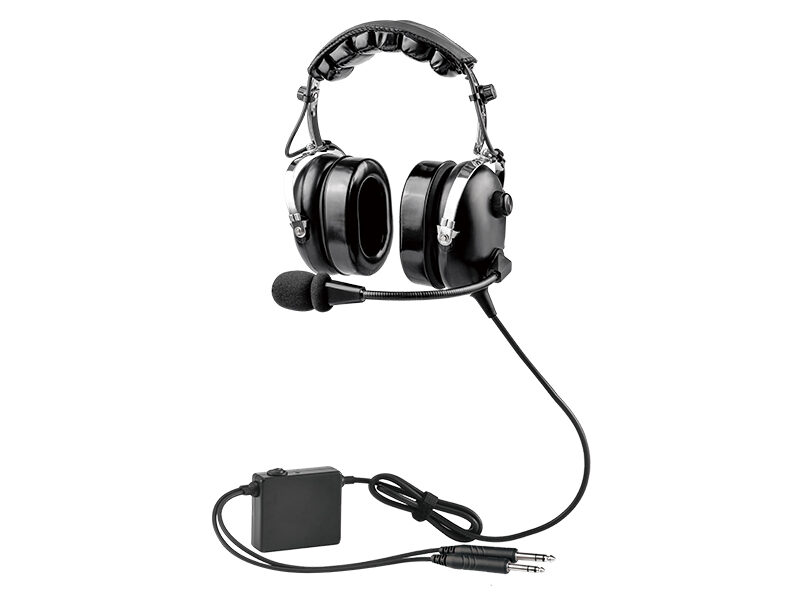
PH-100A Active Noise Reduction Aviation Headsets for Pilot
-
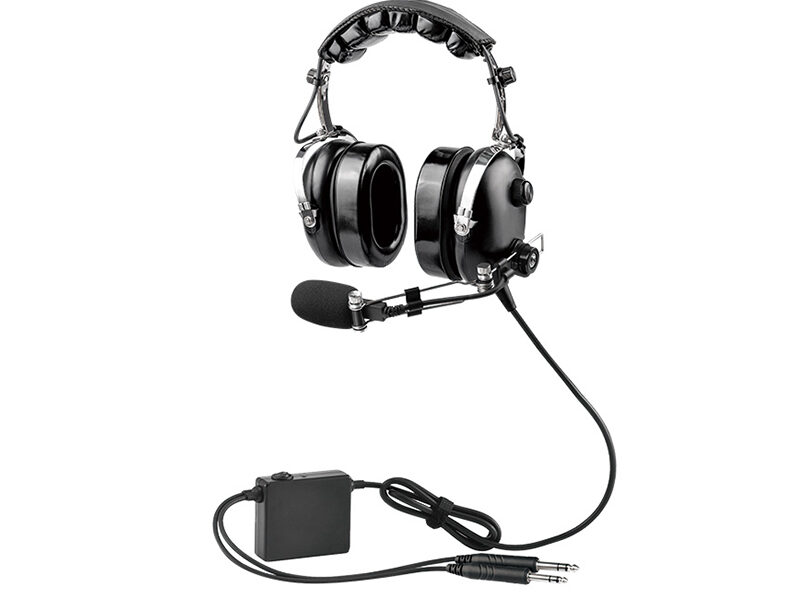
PH-100M ANR Pilot Headsets wtih Adjustable Metal Boom Arm
-
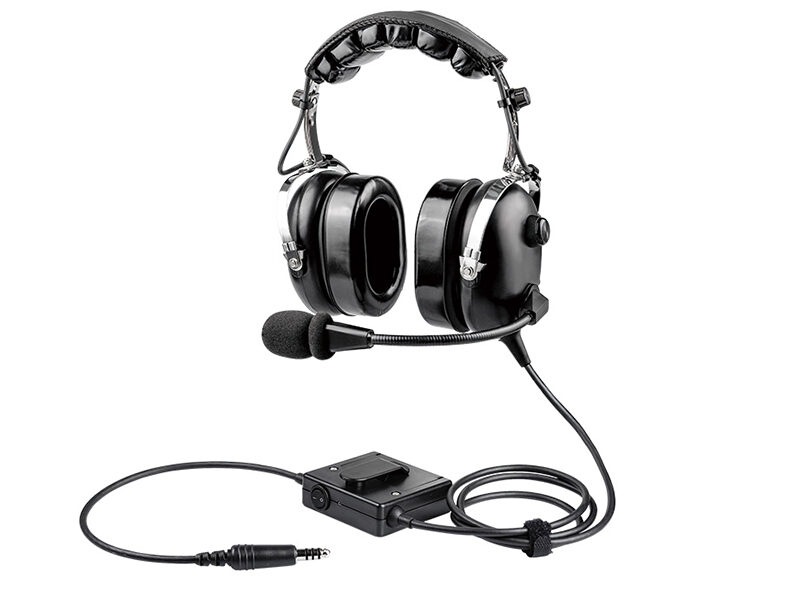
PH-100H ANR Helicopter Pilot Headset with U174 Plug
-
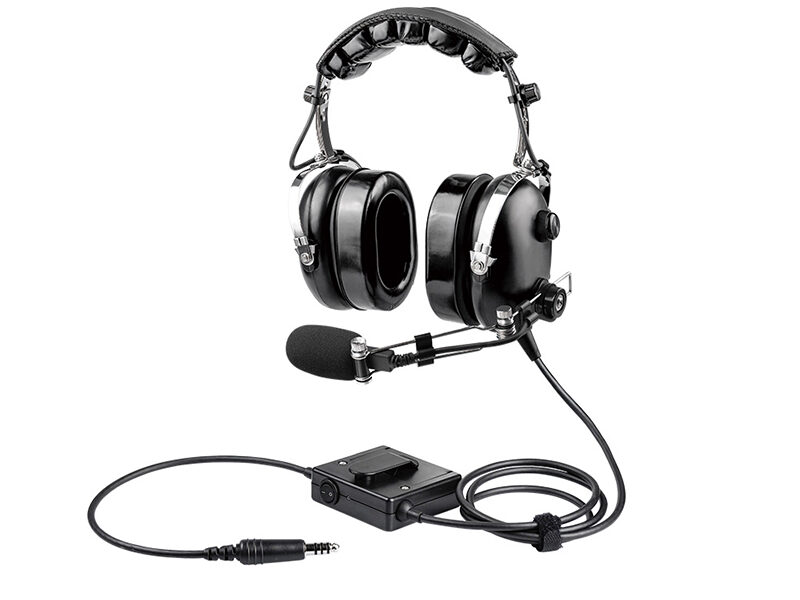
PH-100H Helicopter Headset with Metal Boom Arm